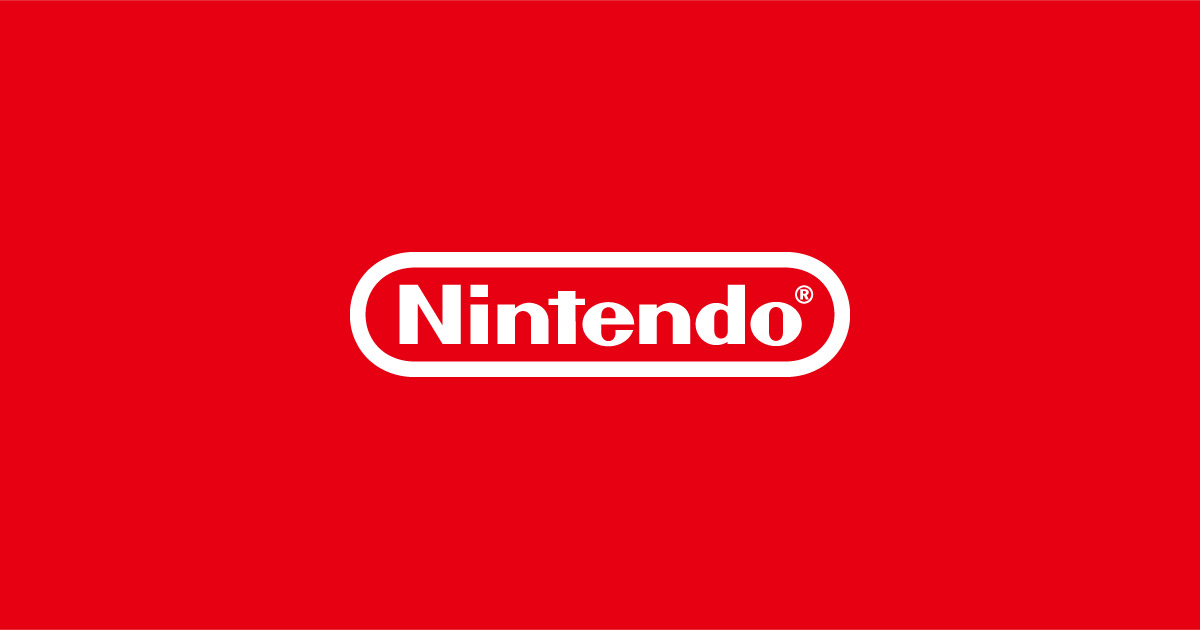WavePhoenix Project Revives Nintendo GameCube WaveBird Controllers With Affordable DIY Receivers
The Nintendo GameCube’s WaveBird wireless controller, first released in 2002, has garnered a legendary reputation among gamers and hardware enthusiasts, widely regarded as one of the finest and most comfortable wireless pads ever produced.
Its combination of reliable RF wireless technology and ergonomic design made it a favorite for GameCube titles and gave it enduring popularity among collectors and competitive players.
However, as time has passed, securing a functional and affordable WaveBird—especially one with its essential receiver module—has become increasingly difficult.
Original receivers are often missing or have become prohibitively expensive, posing a challenge for those wishing to use their classic GameCube wireless controllers on original hardware or compatible consoles like the Nintendo Switch via adapters. Enter the WavePhoenix project, an innovative open-source solution developed by James Smith, also known in the community as loopj.
WavePhoenix offers a straightforward, budget-friendly method to construct replacement WaveBird receivers for less than $5, using the off-the-shelf RF-BM-BG22C3 wireless module.
This module can be hand-wired or soldered onto a custom PCB, providing flexibility for both hobbyists and seasoned modders alike. Smith explains, “WaveBirds remain incredible controllers, but locating original receivers is increasingly challenging and costly.
My intention with WavePhoenix is to extend the lifespan of WaveBirds for owners who’ve misplaced their receivers.” Notably, the reference hardware for WavePhoenix—a mini receiver—boasts a form factor approximately one-third the size of the original WaveBird receiver.
Smith adds, “It supports virtual pairing, allowing users to set the wireless channel by simply pressing the X and Y buttons on a nearby WaveBird controller, eliminating the need for the traditional channel selection wheel.” The project’s firmware further enhances user convenience by supporting over-the-air updates via Bluetooth, allowing owners to update their device’s firmware without disassembling the unit. While Smith has publicly stated that he does not plan to manufacture and sell WavePhoenix receivers himself, he is optimistic that other makers within the community will embrace the design and potentially offer assembled units for sale.
All necessary instructions and resources for building a WavePhoenix receiver are available online, empowering tech-savvy fans to breathe new life into their cherished GameCube wireless controllers. The WavePhoenix project stands as a testament to the enduring appeal of the Nintendo GameCube’s WaveBird controller and the passion within the gaming community to preserve and enhance classic hardware for future generations.
Its combination of reliable RF wireless technology and ergonomic design made it a favorite for GameCube titles and gave it enduring popularity among collectors and competitive players.
However, as time has passed, securing a functional and affordable WaveBird—especially one with its essential receiver module—has become increasingly difficult.
Original receivers are often missing or have become prohibitively expensive, posing a challenge for those wishing to use their classic GameCube wireless controllers on original hardware or compatible consoles like the Nintendo Switch via adapters. Enter the WavePhoenix project, an innovative open-source solution developed by James Smith, also known in the community as loopj.
WavePhoenix offers a straightforward, budget-friendly method to construct replacement WaveBird receivers for less than $5, using the off-the-shelf RF-BM-BG22C3 wireless module.
This module can be hand-wired or soldered onto a custom PCB, providing flexibility for both hobbyists and seasoned modders alike. Smith explains, “WaveBirds remain incredible controllers, but locating original receivers is increasingly challenging and costly.
My intention with WavePhoenix is to extend the lifespan of WaveBirds for owners who’ve misplaced their receivers.” Notably, the reference hardware for WavePhoenix—a mini receiver—boasts a form factor approximately one-third the size of the original WaveBird receiver.
Smith adds, “It supports virtual pairing, allowing users to set the wireless channel by simply pressing the X and Y buttons on a nearby WaveBird controller, eliminating the need for the traditional channel selection wheel.” The project’s firmware further enhances user convenience by supporting over-the-air updates via Bluetooth, allowing owners to update their device’s firmware without disassembling the unit. While Smith has publicly stated that he does not plan to manufacture and sell WavePhoenix receivers himself, he is optimistic that other makers within the community will embrace the design and potentially offer assembled units for sale.
All necessary instructions and resources for building a WavePhoenix receiver are available online, empowering tech-savvy fans to breathe new life into their cherished GameCube wireless controllers. The WavePhoenix project stands as a testament to the enduring appeal of the Nintendo GameCube’s WaveBird controller and the passion within the gaming community to preserve and enhance classic hardware for future generations.

